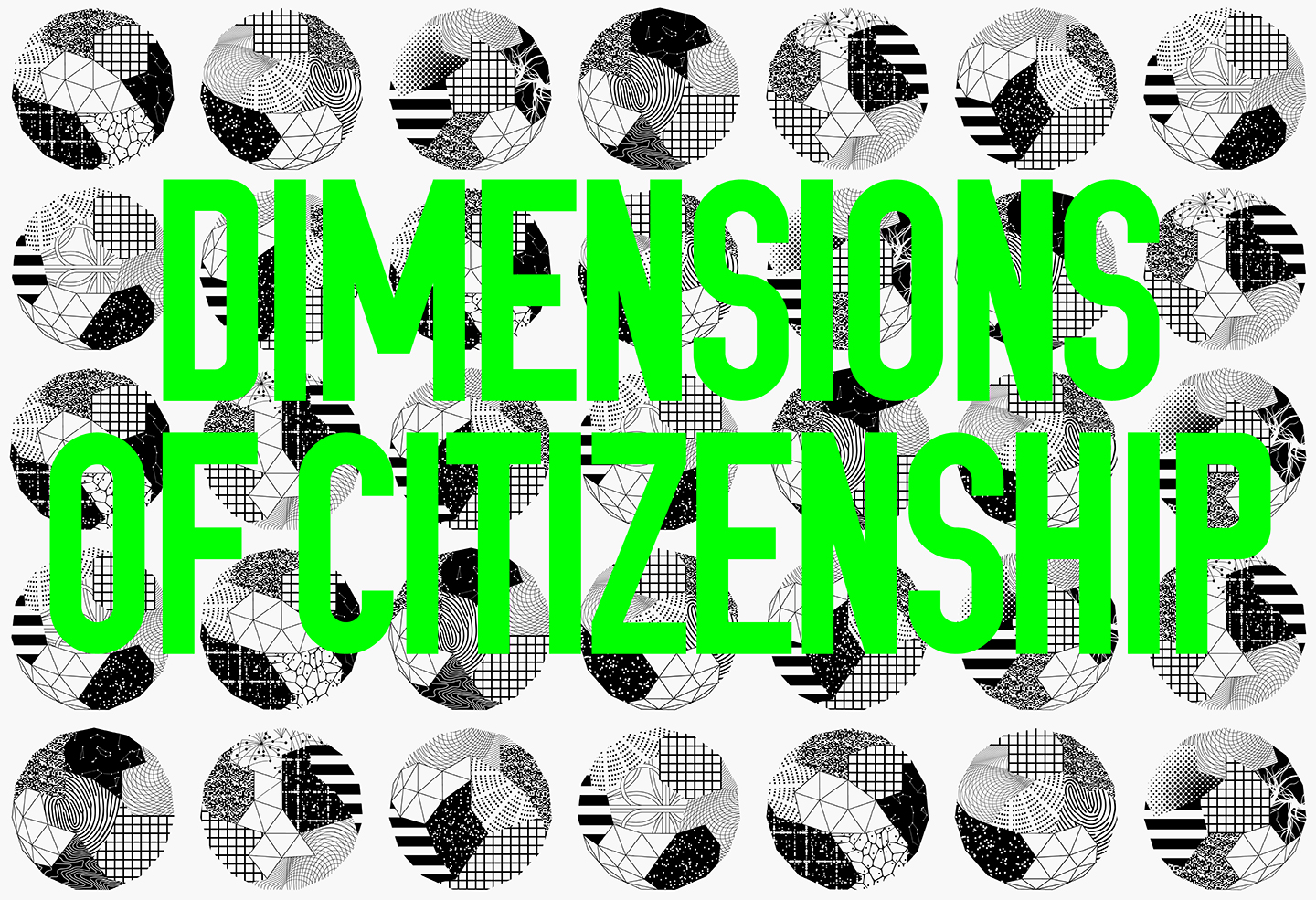“Queerness is not here yet. Queerness is an ideality,” writes José Esteban Muñoz in his introduction to Cruising Utopia: The Then and There of Queer Utopia.1 Published in 2009, Muñoz argues against the pragmatics of the present and sees radicalism in the potential of an evasive event horizon. As such, he values utopia as a map towards the potentiality of queerness—a future world just beyond reach.
This position, by default, destabilizes notions of queer space in relationship to architecture that were historically tied to acts of desire, transgression, and artifice.2 Texts such as Stud, edited by architect Joel Sanders (1996) and Aaron Betsky’s Queer Space: Architecture and Same-Sex Desire (1997) focused primarily on spaces occupied or designed by gay men and were temporally concerned with observing and theorizing contemporaneous conditions—bars, bathhouses, nightclubs—conditions that Betsky has more recently noted have been largely assimilated out of existence.3
